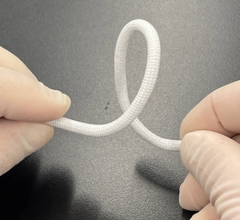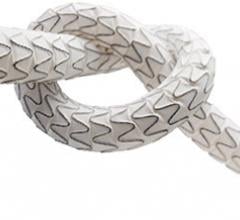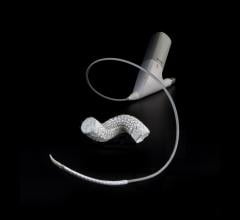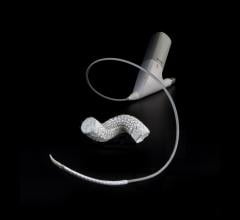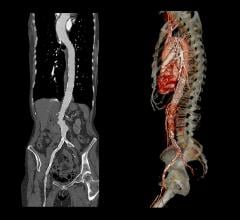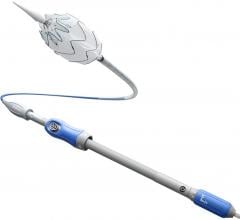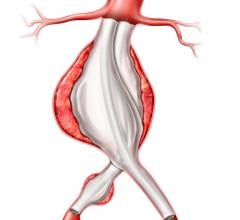May 27, 2008 - Cook Medical (Cook) has received approval from the FDA for its Zenith TX2 Thoracic TAA Endovascular Graft, marking the expansion of Cook Medical’s portfolio of devices to treat aortic diseases.
The Zenith TX2 endograft system is designed for thoracic endovascular aortic repair (TEVAR). The endograft is indicated to treat patients with aneurysms or ulcers of the descending thoracic aorta that have vascular morphology suitable for endovascular repair. With FDA approval of the Zenith TX2, U.S. physicians can now provide an endovascular solution from Cook for the interventional treatment of thoracic aortic aneurysms (TAA), including patients who may not be eligible for treatment through open surgery.
According to the Cook sponsored the STARZ-TX2 clinical trial, a multinational trial designed to study the safety and effectiveness of the Cook Zenith TX2. The trial results indicated that the TEVAR procedure, using Cook Medical’s Zenith TX2, is a safe and effective alternative to open surgical repair for the treatment of TAAs in patients with suitable anatomy.
TAAs occur when a section of the thoracic aorta weakens and bulges outward like a balloon. Ruptured aneurysms have a very high mortality rate, especially for TAA. The Cook Zenith TX2, a self-expanding tube of surgical graft material reinforced with metal stent bodies is sized to the diameter of the aorta and is used to seal off the aneurysm. The Cook Zenith TX2, which includes a uncovered distal stent with fixation barbs to hold the device in place, is said to help relieve pressure on the aneurysm and reduce the risk of rupture and in most cases, allows the aneurysmal sac to shrink.
The Zenith TX2 device is deployed from a catheter inserted through a small incision in the patient’s femoral artery. This treatment is far less invasive than traditional, open surgery where physicians open patients’ chests, clamp off and remove the diseased section of the aorta and replace it with a surgical graft. Postoperative and postdischarge recovery times are typically much shorter with TEVAR, which may help patients return to their normal lifestyle routines faster than for those who undergo open surgery. Patients undergoing TEVAR also typically are at lower risk of the comorbidities associated with open surgical repair.
For more information: www.cookmedical.com

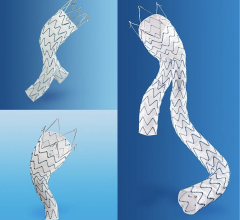
 April 26, 2023
April 26, 2023 

